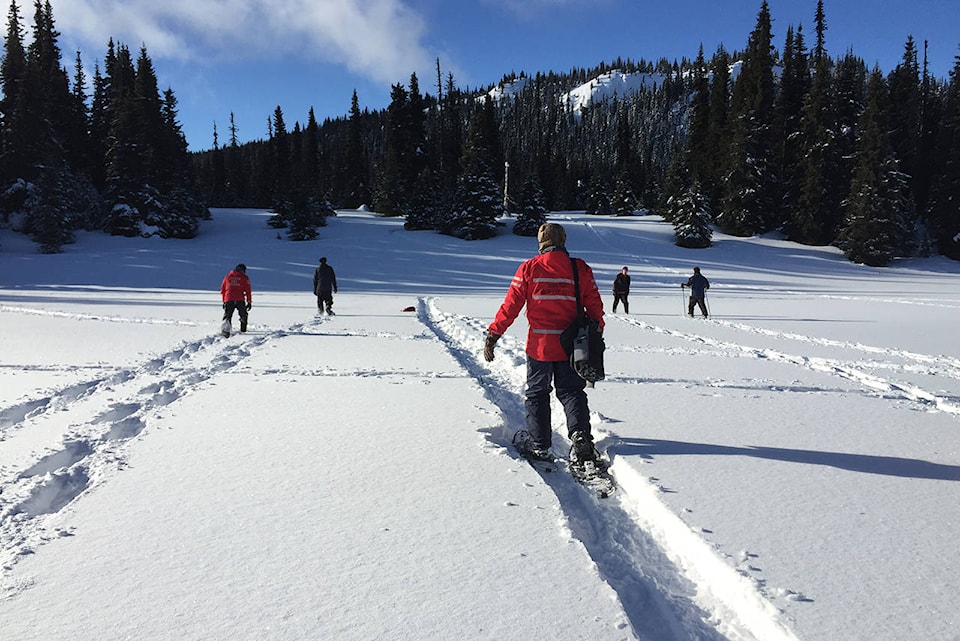Bulkley Valley Search and Rescue (BVSAR) plans to take part in the provincial government’s drone pilot program.
BVSAR and Burn Lake Search and Rescue (BLSAR) groups are in the process of working together to take part in the province’s pilot program. Emergency Management B.C. (EMBC) has been testing the use of drones in search and rescue operations for the last year.
At first only search and rescue teams in the Lower Mainland were allowed to use drones, but after the project was extended to November 2018 search and rescue groups from across the province were encouraged to participate.
The teams that got approval to use drones relied on commercial operators to assist with their operations. The BVSAR and BLSAR plan to either buy or use their own drones for operations because of the lack of commercial operators in the area.
There are only a few commercial operators in Northern B.C. and they usually work with forestry so they aren’t always available.
Owning a drone would save a lot time since they could provide an immediate response, which is crucial during search and rescue missions.
“The concept [is to have] something small, portable and quick to deploy to look for tracks before everybody else has stomped the neighborhood down,” said associate member of BVSAR Eric Becker.
While groups could still technically use drones for search and rescue missions it wouldn’t be practical because of Transport Canada regulations.
Under the current regulations drones are only allowed to fly during the day in clear skies within 500 meters of its operator and in their line of sight. A drone is also not allowed to be over 90 meters above ground.
This hampers search and rescue missions as they can take place at night or in cloudy conditions.
In order to exceed these limits, you must receive a permit from Transport Canada.
“[Drones are] just another resource we want to — at the local level — investigate and, especially at the provincial level, investigate further and see how effective they are,” said BVSAR search and rescue manager Whitney Numan. “I think the benefit is reducing the risk to searchers when there’s some very difficult or steep terrain.”
BVSAR and BLSAR are currently working with Transport Canada to get a permit, and with EMBC to get approval to take part in a pilot program.
Ideally, both groups would like to get a drone with an infrared camera but those models typically cost at least $15,000, said Numan.
“We’re just at the very beginning stages [so] we haven’t made any firm decisions yet,” said Numan. “The cost of the technology is certainly a limiting factor when we’re trying to raise money to finish our search and rescue hall.”
Numan said even though they don’t have drones with infrared cameras the groups will most likely use drones its members already own.
The BLSAR has two winged type drones, which can fly longer than a propeller type, plus a quadcopter type of drone. The BVSAR would use Becker’s drone.
The plan to take part in the pilot program has been in the works for six weeks and if things go well they hope to begin training and using drones in search and rescue operations in spring.



